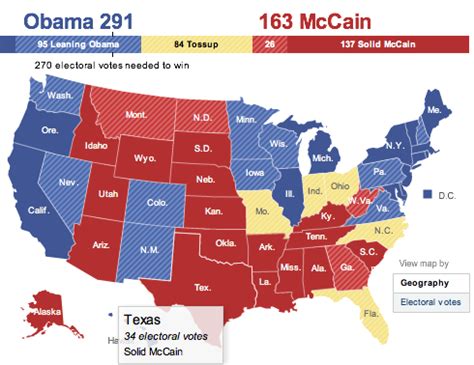A Voting District is a geographical area established for the purpose of organizing and conducting elections. It is a fundamental unit of electoral geography, as it determines where voters cast their ballots and ultimately influences the outcome of elections. Understanding the concept of voting districts is crucial for comprehending the political landscape and the distribution of power within a society.

Types of Voting Districts
Voting districts can vary in size and shape depending on the geographic and demographic characteristics of the area. The most common types of voting districts include:
- Single-member districts: Each district elects a single representative, ensuring that every voter has a direct voice in choosing their elected official.
- Multi-member districts: Multiple representatives are elected from a single district, allowing for a more diverse representation of different interests or constituencies.
- Precinct: The smallest unit of a voting district, typically comprising a few hundred voters.
- Ward: A larger unit that encompasses multiple precincts, often used in urban areas to represent neighborhoods or communities.
Factors Influencing Voting District Design
The design of voting districts is a complex process that involves several key factors:
- Population: Voting districts must be approximately equal in population to ensure fair representation.
- Geography: Physical boundaries, such as rivers or mountains, can influence district boundaries.
- Demographics: The distribution of voters based on race, ethnicity, age, or socioeconomic status can affect district boundaries.
- Political Boundaries: Voting districts often follow existing political boundaries, such as city limits or county lines.
- Gerrymandering: The manipulation of voting district boundaries to favor a particular political party or candidate.
Significance of Voting Districts
Voting districts play a significant role in shaping the political landscape and electoral outcomes:
- Representation: Voting districts determine which candidates voters can vote for, ensuring that all citizens have a voice in the political process.
- Power Distribution: The design of voting districts can concentrate or disperse political power among different groups or regions.
- Electoral Competition: Districts with competitive contests encourage voter turnout and can hold elected officials accountable to their constituents.
- Voter Suppression: Gerrymandering and other forms of voter suppression can undermine the principles of fair representation and democratic elections.
- Political Polarization: Voting districts that amplify demographic divisions can contribute to increased political polarization and gridlock.
Common Mistakes to Avoid
When designing or analyzing voting districts, it is essential to avoid common pitfalls:
- Partisan Gerrymandering: Drawing district boundaries to favor one political party over another.
- Racial Gerrymandering: Creating districts based on race in a way that disenfranchises minority voters.
- Packing and Cracking: Concentrating or dispersing voters of one group into multiple districts to reduce their influence.
- Inaccurate Population Data: Using outdated or inaccurate population data can lead to unequal voter representation.
- Ignoring Geographic Boundaries: Disregarding natural or political boundaries can create illogical or confusing district shapes.
Conclusion
Voting districts are fundamental building blocks of democratic elections, ensuring fair representation and shaping the distribution of power within a society. Understanding their design, significance, and potential pitfalls is essential for an informed citizenry and the preservation of democratic principles. By addressing the challenges and promoting transparent and equitable districting practices, we can ensure that every voter has an equal opportunity to participate in the political process and influence the decisions that affect their lives.
